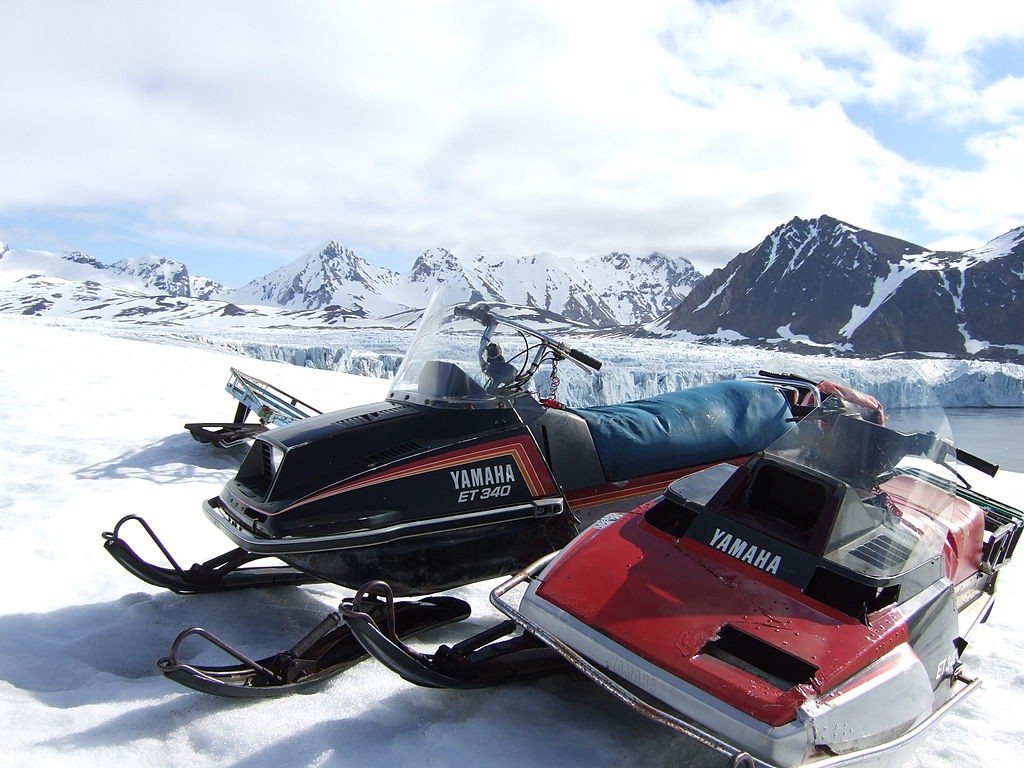Svalbard is an extreme place on Earth. In the winter snow and darkness falls upon the land, giving in to the midnight sun and a very short period of colours in the summer months.
Orientation
There are not many places on Earth where you get to stand on solid ground closer to the North Pole than here. The Svalbard Archipelago is only beaten by Canada’s Ellesmere Island, Greenland and the Russian archipelagos of Franz Josef Land and Severnaya Zemlya, both more or less uninhabited.
At 79 degrees north, the town of Ny-Ålesund also boasts being the northernmost permanently inhabited place on Earth.
The archipelago of Svalbard has three main islands. The largest is Spitsbergen (which previously even gave name to the archipelago), Nordaustlandet and Edgeøya.
Legal status
Since the Svalbard Treaty was signed in 1920 Svalbard has been under Norwegian sovereignty. However, it is a very special part of the Kingdom, because all 40 signatory countries may conduct commercial activities. In doing so they are nonetheless subject to Norwegian legislation.
Human activity
Since that time mining has been the major activity on Svalbard. In the last few decades this industry has been reduced and several mines have been discontinued. Most mining have been, and still is conducted by the Norwegians in and out of Longyearbyen. This is the largest town on Svalbard. The other country with mining activities here, Russia, has reduced their sites from two to one. Only Barentsburg is now active.
These days there is a large research community settled here in Longyearbyen as well as in other places around Svalbard, in particular at Ny-Ålesund. With a population of 2-3000 there are not many people around anyway.
The only other living beings surviving under the very hard conditions are polar bears, reindeer, polar fox and several species of marine mammals. The polar bears in particular are vulnerable. They also take quite an interest in human flesh. On my visit, when we went on excursions, we had to carry firearms.
In the beginning Svalbard was for hunters. From the beginning of the 19th century it served as a base for whaling.
My visit
I arrived here in late May of 1998, when the snow and ice was beginning to melt, giving a chance for the rough flora to seek new opportunities. This was the last weekend to hire snowmobiles and drive across the fjord from Longyearbyen and into the mountains on the other side. It was a great ride, in full speed with slush splattering to all sides.
Longyearbyen was a fascinating place. The residential houses have colourful paint as a means to counteract the feeling of everything being black and white. The midnight sun we encountered had only weeks earlier won the fight over the polar nights, the period in mid-winter when the sun barely rises over the horizon.
Practicalities
To reach Svalbard you can fly in from Tromsø in Northern Norway. There are also cruise lines calling on the archipelago. Once here you may join a group to do some kayaking or hiking. The authorities are however quite reluctant at promoting tourism due to the fragile nature. The scenery is awesome. Glaciers cover some 60%, but what struck me in particular when flying in, and looking around, was the mountains. Amazing features.
There are several hotels in Longyearbyen, but we stayed in the abandoned mining barracks at Nybyen, further up the valley.
Book your stay in Longyearbyen here (external link).
For whatever reason I didn’t bring my camera on this trip.

